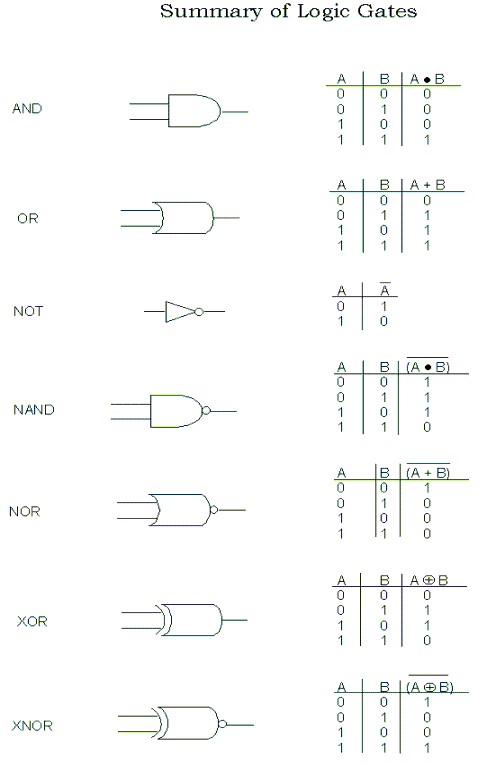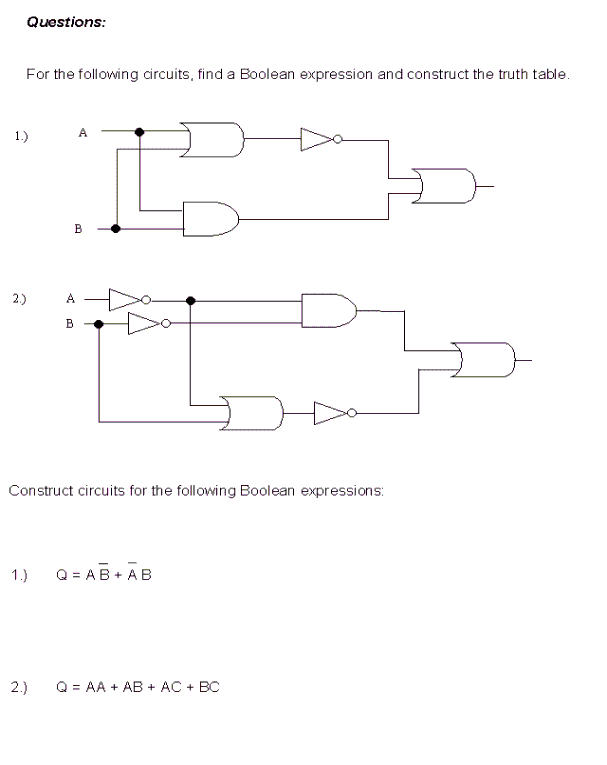



1. Consider the Boolean expression A + B + C. Does it matter which OR you evaluate first? Verify your answer using truth tables and then express your discovery using Boolean algebra notation.
2. Now consider the Boolean expression A · B · C. Does it matter which AND is evaluated first? Once again verify your answer using truth tables and then express your discovery using Boolean algebra notation.
These two rules that you have discovered are known as the associative laws of Boolean algebra.
Example 1
1. To get into a physics program in university, Samantha needs to have OAC physics and either OAC algebra or OAC calculus. Assign Boolean variables to the conditions and write a Boolean expression for the program requirements.
We will get you started:
Let P represent whether or not Samantha has OAC physics.
2. Another way of stating the conditions for the physics program is that Samantha needs OAC physics and OAC algebra, or OAC physics and OAC calculus. Using the same Boolean variables as above, write a Boolean expression for the program requirements.
Since both of these expressions refer to the same situation the Boolean expressions must be equal. Verify this statement by comparing the truth tables for the expressions.
Example 2
1. John wants to go Go-Karting at KartWorld. They have conditions on who can drive their Go-Karts. You must be either over sixteen or be over twelve and have parental supervision. Using Boolean variables create an expression for the Go-Karting requirements.
2. Another way to state the requirements (though we wouldn't usually say it this way) is you must be over sixteen or over twelve, and, you must be over sixteen or have parental supervision. Using the same Boolean variables as above, write a Boolean expression for the Go-Karting requirements.
Since both of these expressions refer to the same situation the Boolean expressions must be equal. Verify this statement by comparing the truth tables for the expressions.
You have discovered two more of the basic rules of Boolean algebra. They are known as the distributive laws of Boolean algebra.
Used from http://educ.queensu.ca/~compsci/units/BoolLogic/titlepage.html